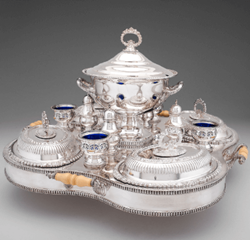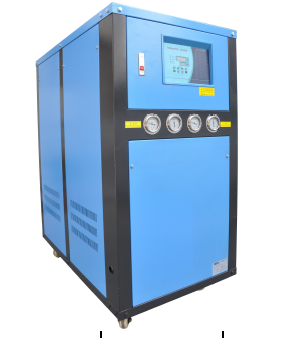Stainless steel surface treatment process there are many kinds, such as: electroplating, anodizing, sandblasting, painting, passivation, pickling, degreasing, derusting and so on. Three common stainless steel surface treatment processes are as follows:
1, stainless steel passivation
The recommended surface for this process must be iron-free. The presence of stainless steel particles on the surface of any iron, cast iron, low carbon steel, medium carbon steel, or low alloy steel will promote the pitting of “free” iron and stainless steel on its surface. This is a very serious problem, so passivation is only used for stainless steel and stainless iron. The main purpose of stainless steel passivation is to prevent oxidation and corrosion of the stainless steel surface.
2, stainless steel pickling
The purpose of the stainless steel pickling process is to remove the oxide scale on the stainless steel surface after high temperature welding, heat treatment or hot working. It also eliminates the red rust corrosion of steel or iron or steel particles. Please note that if the surface acid is not cleaned after pickling, the surface will soon begin to rust and corrode. The resulting corrosion resistance of the underlying steel surface layer is reduced.
The stainless steel pickling process can be applied to the surface treatment of all 200, 300, 400 series stainless steels. All pickling operations cause the metal surface to remove impurities while slightly changing its size, and as a result, the visual brightness of an extinction may be a significant reduction in size to some extent.
Heat treatment in a vacuum or a well-controlled atmosphere, such as bright annealing, eliminates the need for pickling and usually results in a better smooth finish for the stainless steel.
3, stainless steel cleaning agent degreasing
Prior to any process of stainless steel surface treatment, grease, cutting fluid, drawing compounds, and other lubricants must be removed before the surface treatment of the stainless steel part or final passivation. The stainless steel parts must also be further welded before the degreasing treatment to prevent carbon pickup at high temperatures.
Under normal circumstances, stainless steel cleaning agent (No. CA-Q03) is used. It only needs to soak at room temperature for 1-8 minutes to remove any oil. It is easy to operate, low in labor intensity, and can be recycled repeatedly, effectively reducing the production cost. In cleaning operations with other metals, the cleaning rate can be increased by using painting, spraying or stirring during the operation.






Dear sir r u selling the process of pvd coating multiple colour pl send yr quote and adress for futher corresponding my company name elektra chem in india doing consulting on electroplaing field i have some customers intrested in this project my mail id